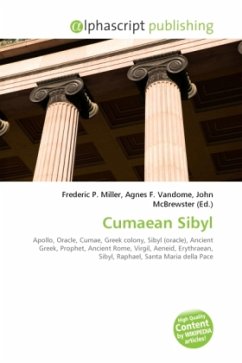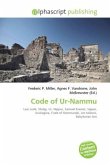The ageless Cumaean Sibyl was the priestess presiding over the Apollonian oracle at Cumae, a Greek colony located near Naples, Italy. The word sibyl comes (via Latin) from the ancient Greek word sibylla, meaning prophetess. There were eventually many Sibyls in the ancient world, but because of the importance of the Cumaean Sibyl in the legends of early Rome codified in Virgil's Aeneid VI, she became the most famous among Romans, supplanting the Erythraean Sibyl famed among Greeks. She is one of the four sibyls painted by Raphael at Santa Maria della Pace (see gallery below.) She was also painted by Andrea del Castagno (Uffizi Gallery, illustration right), and in the Sistine Ceiling of Michelangelo her powerful presence overshadows every other Sibyl, even her younger and more beautiful sisters, such as the Delphic Sibyl. There are various names for the Cumaean Sibyl besides the "Herophile" of Pausanias and Lactantius or the Aeneid's "Deiphobe, daughter of Glaucus": "Amaltheia", "Demophile" or "Taraxandra" are all offered in various references.








